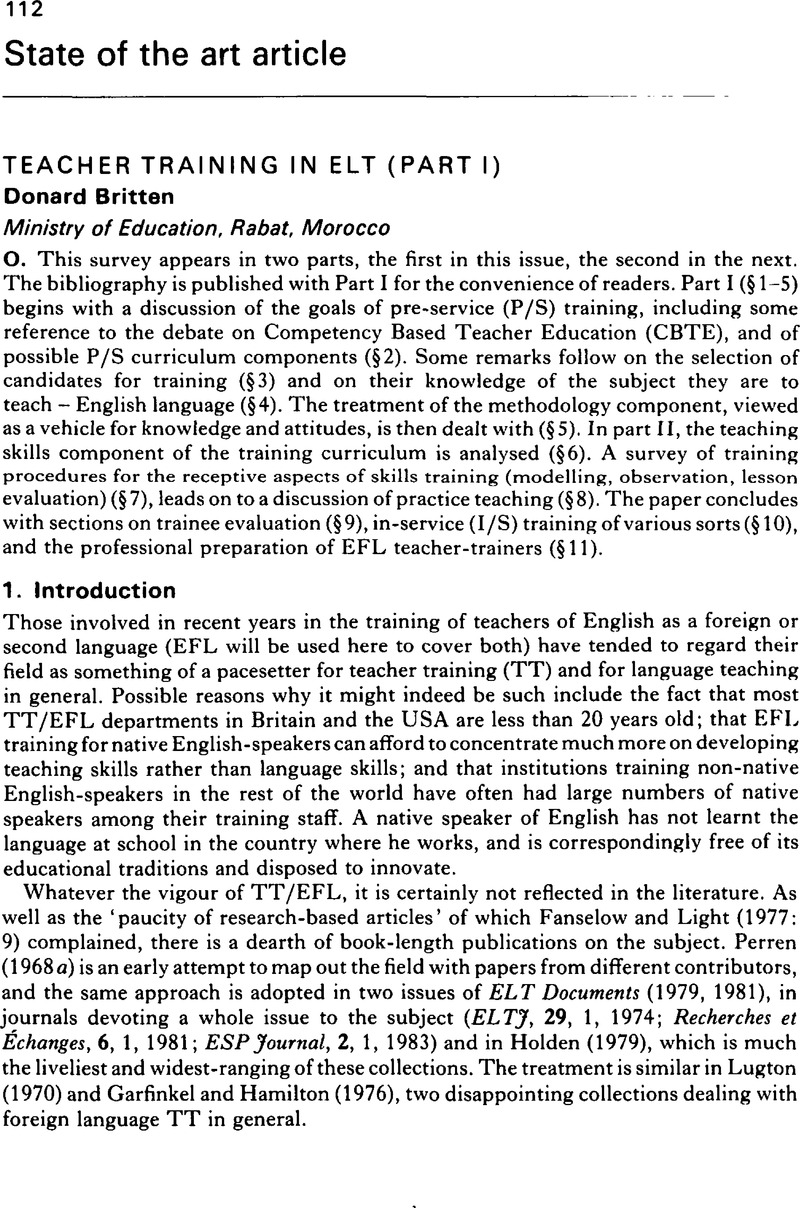Crossref Citations
This article has been cited by the following publications. This list is generated based on data provided by Crossref.
Woodward, Tessa
1988.
Loop-input: A new strategy for trainers.
System,
Vol. 16,
Issue. 1,
p.
23.
Berry, Roger
1990.
The role of language improvement in in-service teacher training: Killing two birds with one stone.
System,
Vol. 18,
Issue. 1,
p.
97.
Ely, Christopher M.
1994.
Preparing Second Language Teachers for Strategy Instruction: An Integrated Approach.
Foreign Language Annals,
Vol. 27,
Issue. 3,
p.
335.
Wright, Tony
2010.
Second language teacher education: Review of recent research on practice.
Language Teaching,
Vol. 43,
Issue. 3,
p.
259.
윤서영
and
Chung-Hyun Lee
2012.
The Impact of Explicit Listening Instruction on Teacher Preparation Practices in Blended Learning.
Multimedia-Assisted Language Learning,
Vol. 15,
Issue. 4,
p.
175.
Drew, Ion
2019.
English Didactics in Norway.
p.
57.





